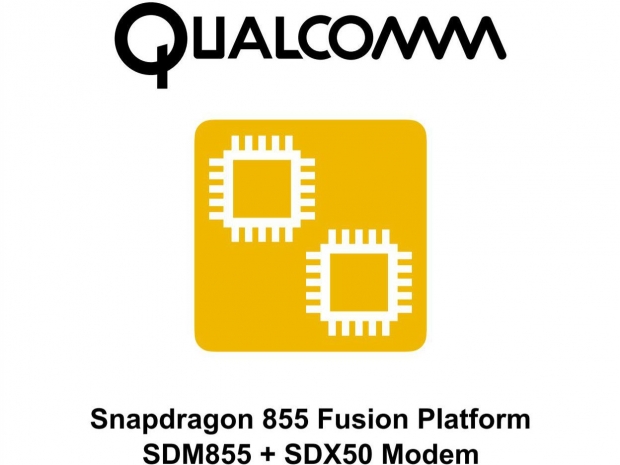Whatever Qualcomm end up calling these chips, be aware that this is something we know as the Snapdragon 855 and this is the SoC that goes in phones. This is a new 7nm architecture successor to the Snapdragon 845. That chip is optimized for phones and it will go into phones and will have phone TDP.
The other chip that was publicized as SCX 8180, is a brand-new chip. We were very clear in September that this is not an optimized and faster version of Snapdragon 855, this is a brand new chip.
The new Always Connected PC (ACPC) is designed around Cortex-A76 cores that ARM introduced back in late May and we expect a rather great boost in CPU performance. Qualcomm also made a bigger GPU and to our knowledge the SCX 8180, if that ends up being the name, could not fit the phone TDPs unless seriously underclocked, if even then.
Bigger GPU for Always Connected PC
The key point is that SCX 8180 chip has a bigger GPU and much higher TDPs. Just think about Intel’s Y generation and the TDPs that it needs to hit. This is roughly the thermal envelope that Qualcomm wanted to hit and it managed to build a much higher performing core than simply taking the mobile design that usually has to sit in the 2W TDP range and optimize it. Just for reference, the Intel Y series Amber Lake processor such as the Core i5 8210Y that sits in the latest MacBook Air has a 7W TDP.
The GPU is not just taking care of the games, it can help with the very hot topic called AI, and that is very sexy these days. One can combine the CPU and the GPU in the heterogeneous environment and get a great benefit.
The latest reports out of China say that Meizu plans to introduce the Meizu 16s phone with the Snapdragon 8150 would give you an idea that they can fit this bigger chip meant for always connected PC, tablets and foldables/detachable in the phone.
To our knowledge, the 7nm SoC that Qualcomm plans to introduce in this year is still called Snapdragon 855 and the phones based on that are expected at Mobile World Congress 2019, so in the very late Q1 early Q2 timeframe.




